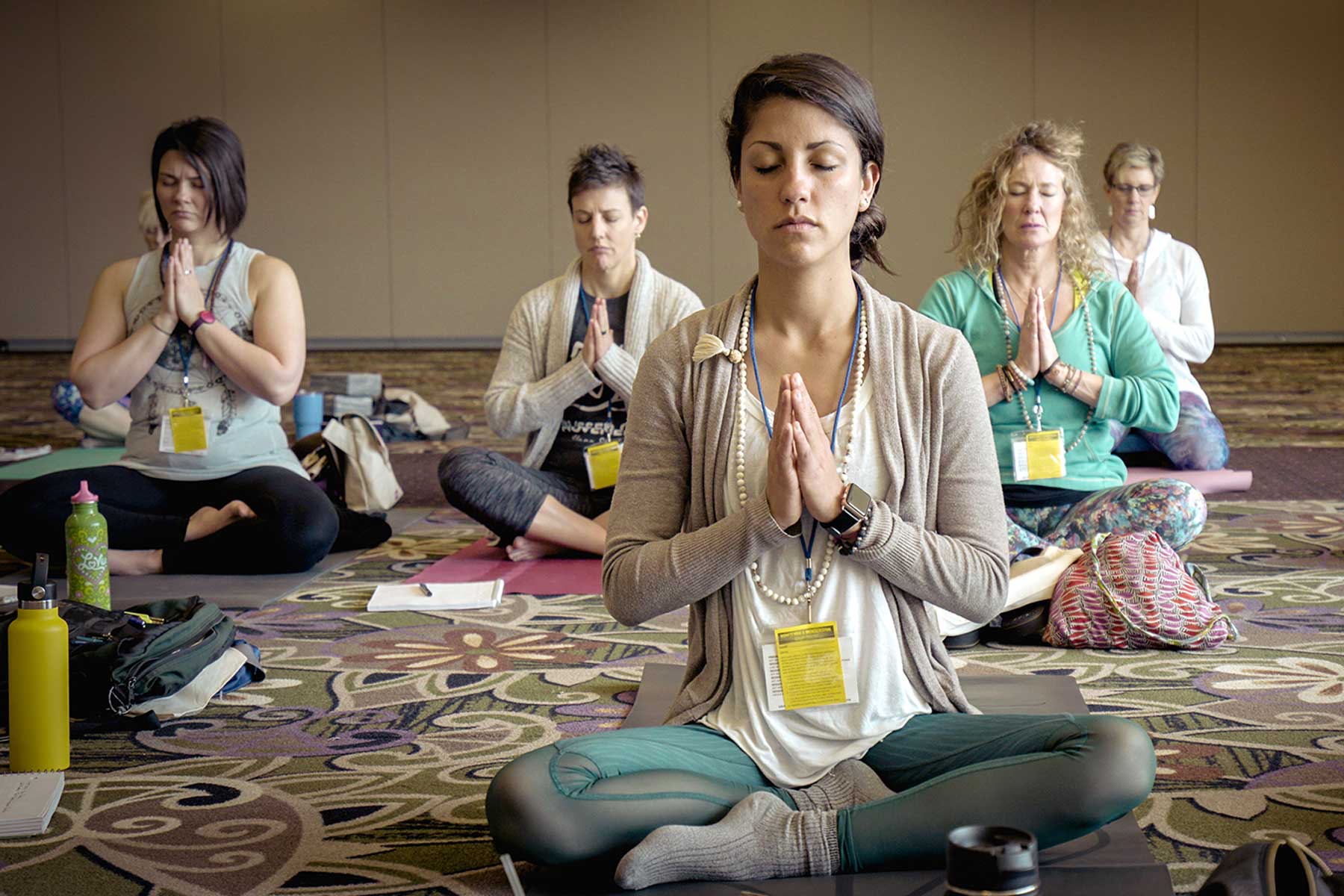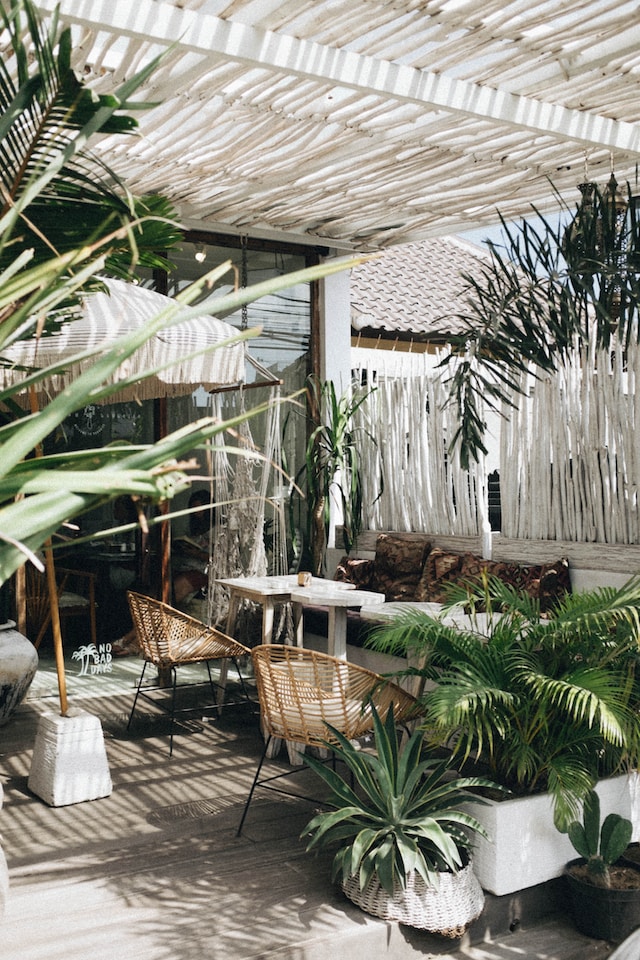Yoga is a great way to stretch your body, calm your mind, and feel better overall. It’s important to begin with the basics so you can learn safely and enjoyably.
This article is your friendly guide to starting yoga. You’ll discover what yoga is all about and why it’s so good for you. You will learn the power of poses and how they help with stress, give you strength, and increase your flexibility.
Whether you’re looking to get fit, find peace, or just try something new, you’re in the right place. Let’s explore the world of yoga together, step by step. You’ll see how simple it can be to make yoga a part of your life, and why so many people love it. Stick around, and by the end, you’ll have everything you need to begin your very own yoga journey.
What is Yoga?
Yoga is a type of exercise that uses special poses to bring balance to your body and mind. It’s not just about bending and twisting; it’s also about breathing and relaxing. When you do yoga, you move your body in ways that can help it become more flexible and strong. It’s an old practice that has been helping people for thousands of years.
Physical Health Benefits
Doing yoga can make you feel stronger and more flexible. It can also be good for your heart and help you breathe better. Because you have to hold poses, your muscles get a good workout, which can help them become firmer and toned. Yoga can also help with your balance and can make your body feel less stiff and more able to move.
Mental Health Benefits
Yoga is also great for your mind. It can help you feel more peaceful and less stressed. When you focus on your breathing and poses, you may notice that you’re not thinking about your to-do list or worrying as much. This break from stress can make you feel calmer and more relaxed even after you finish your yoga session.
Yoga for Stress Relief
One of the best things about yoga is how it helps with stress. When you’re stressed, your body gets tight, and your mind can’t settle down. Yoga teaches you to breathe deeply, which sends a message to your brain to chill out. Plus, learning how to hold poses and stay still can also help your body to relax.
Yoga to Improve Flexibility
You don’t need to be bendy to do yoga — it’s actually a way to become more bendy over time. Yoga stretches your body in new ways that increase your range of motion. When you keep practicing, you’ll find that tight spots like your back, legs, or hips start to feel looser. You might also find it easier to do things like tying your shoes or reaching for things on a high shelf.
Fundamental Yoga Poses for Beginners
Mountain Pose (Tadasana)
Mountain Pose is the foundation for all standing poses. It helps you feel grounded and ready to reach for the sky. Here’s how to do it:
- Stand with your feet together, heels slightly apart.
- Press your toes down and feel the floor beneath you.
- Pull up your knee caps, but keep your legs straight.
- Tuck your tailbone slightly, but don’t round your lower back.
- Let your arms rest by your sides, palms facing forward.
- Stand tall, as if a string were pulling you from the top of your head.
- Breathe in and out, feeling your chest rise and fall with each breath.
Downward Dog (Adho Mukha Svanasana)
Downward Dog stretches and strengthens the whole body. Follow these steps:
- Start on your hands and knees, hands in front of your shoulders.
- Lift your hips up and back, straightening your legs as much as comfortable.
- Press your hands into the mat and feel your fingers spread wide.
- Push your heels down, they don’t have to touch the ground.
- Let your head hang freely, your neck relaxed.
- Hold this pose, breathe deeply, and feel the stretch in your back and legs.
Warrior Pose (Virabhadrasana)
Warrior Pose builds strength and confidence. Here’s how to strike it:
- Step your feet apart, about a leg’s length.
- Turn your right foot out 90 degrees and your left foot in slightly.
- Bend your right knee until it’s over your ankle.
- Stretch your arms out to the sides, shoulder height.
- Look over your right hand, keep your chest open and spine long.
- Breathe steadily, standing firm like a warrior.
- Repeat on the other side after a few breaths.
Tips for Balance and Breathing
- Finding Your Balance:
- Focus on a point that doesn’t move to keep your balance.
- Stand firm and use your feet to root down into the ground.
- Breathing:
- Breathe slowly through your nose, this helps keep balance and focus.
- Try to match your movements to your breath, moving as you inhale or exhale.
Developing a Yoga Routine
Creating a daily yoga routine might seem tough at first, but it can become one of the best parts of your day with a little planning. Here’s how to get started:
Start Small
Begin with just a few minutes each day. Pick a time that works for you—maybe it’s in the morning to start your day, during a break at work, or in the evening to unwind. You don’t have to do a lot right away. Even five minutes is good to begin with.
Make It a Habit
Choose a regular time for yoga, and try to stick to it. Doing yoga at the same time each day helps you build a habit. You’re more likely to keep doing it if it becomes a regular part of your routine.
Be Patient with Yourself
Don’t worry if you’re not doing a lot at first or if you miss a day. It’s okay. The key is to keep going and not be hard on yourself. Everyone starts somewhere, and with yoga, the more you practice, the better you’ll feel and the more you’ll want to do it.
How Long Should You Practice?
As you get used to yoga, you can slowly increase the time you spend on it. Even 15 to 20 minutes a day can have a big impact. And if you’re really enjoying it, you might want to do more. But remember, the goal is to feel better, not to do more than what feels good.
Doing yoga regularly is more important than doing it for a long time. Even a short daily practice is better than doing a long session only once in a while. Yoga is about taking care of yourself every day, not just when you find the time.
How Yoga Complements an Active Lifestyle
If you already love being active, yoga can be a great addition to your routine. Think of it as cross-training, which means it’s a way to add variety to your workouts. Yoga stretches your muscles, making them long and lean. It also helps with muscle recovery after you’ve done other intense exercises like running or lifting weights.
Building Core Strength and Endurance
Yoga is top-notch for making your core muscles strong. Your core is more than just your abs; it’s the center of your body and includes many muscles that work to keep you balanced and stable. With a strong core, you’ll get better at any physical activity you do.
Incorporating cannabis for Yoga Practice
CBD and Delta 8 are compounds found in hemp plants. They are legal in many places, but you should check your local laws to be sure. CBD does not make you feel “high,” and Delta 8 has milder psychoactive effects compared to its cousin, Delta 9 THC.
Benefits in Yoga
Some people find that using CBD or Delta 8 helps them relax more deeply in their yoga practice. These compounds might help your muscles unwind and recover from exercise. This can be especially good after a long yoga session when you want to help your body rest and heal. Always remember to use them as directed and start with a small amount to see how it affects your practice.
The Role of Relaxation and Meditation in Yoga
After moving through your yoga poses, it’s important to end with relaxation. This is when you lie down, close your eyes, and let your body feel the benefits of the workout. It’s a time for your muscles and mind to rest and soak in the peace.
Meditation can improve your focus and make you more mindful. You can start simply:
- Sit or lie comfortably and close your eyes.
- Pay attention to your breathing.
- When your mind wanders, gently bring it back to your breath.
- Do this for a few minutes to end your yoga session.
Wrapping Up
This blog covers a lot, from the very basics of poses to how you can develop a routine that fits into an active lifestyle. Remember, yoga is more than just stretching; it’s a way to strengthen your body, calm your mind, and enhance overall well-being.
Keep practicing, and you’ll notice how yoga supports your day-to-day life. The poses we’ve explored are only the beginning. There’s a whole world of yoga out there for you to discover. So, keep unrolling that mat, and embrace the journey that’s ahead. Every pose is a step towards a more balanced you.


